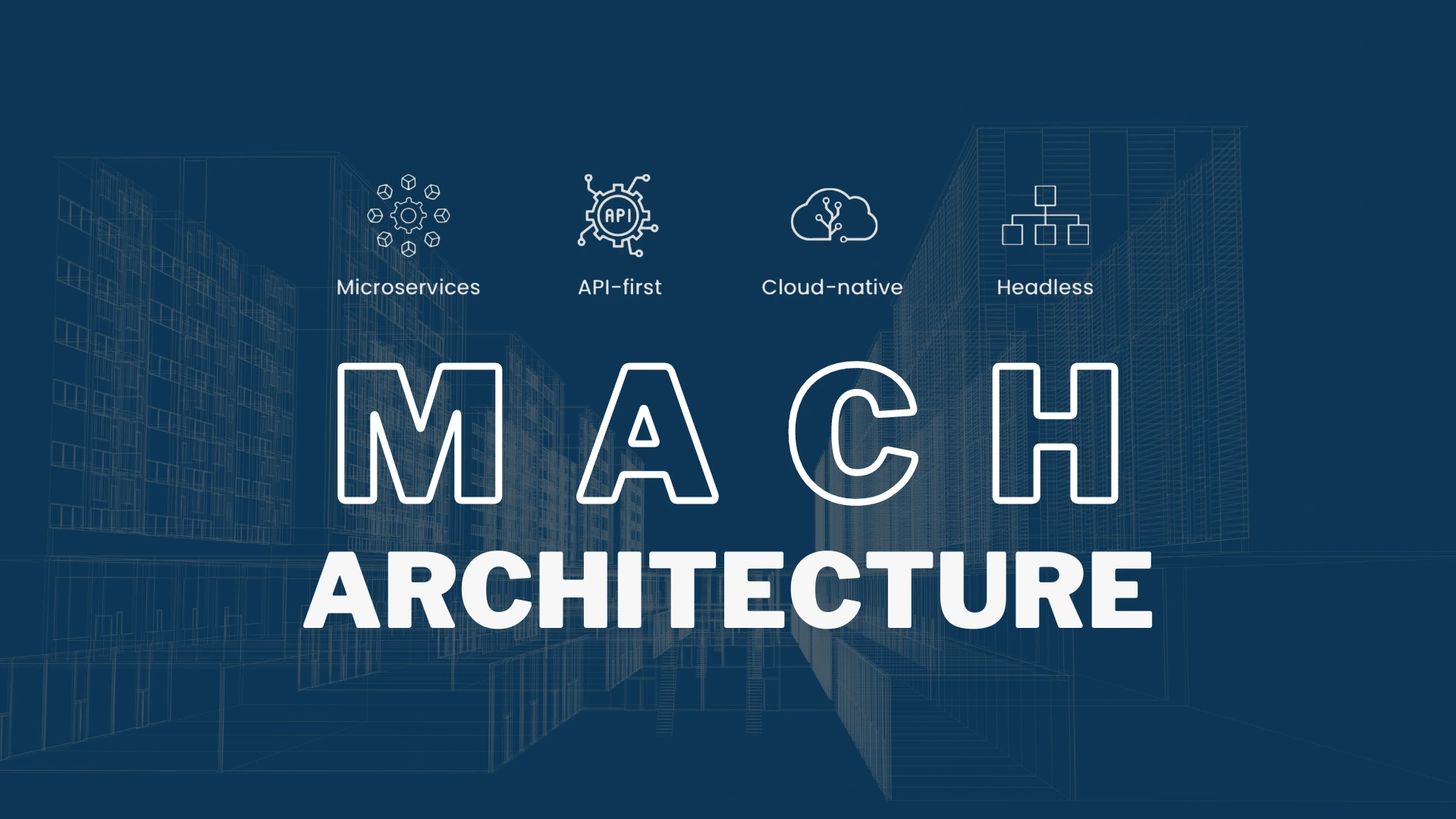How to Implement MACH Architecture for Scalable Engineering Systems

In other words, MACH stands for an architecture that includes Microservices, API-first, Cloud-native, and Headless approaches. It transforms how businesses design flexible, scalable digital systems. Indeed, it offers unparalleled agility, scalability, and innovation potential in modern system engineering.
Why MACH Architecture Matters
Future-proofing of engineering systems: that is to say, providing adaptive and scalable capabilities in fast-evolving digital landscapes. MACH Architecture offers organizations a framework that allows them to:
- Respond quickly to business needs
- Easily scale when demand increases
- Seamlessly integrate best-of-breed technologies
- Enhance service experience across all channels
By adopting MACH principles, engineers can build systems that are not only strong and efficient but also equipped to innovate and scale over time.
Use Cases of MACH Architecture in Engineering Systems
MACH Architecture has been successfully applied in various engineering domains:
- Manufacturing Systems: MACH enables real-time monitoring, predictive maintenance, and flexible control of production lines.
- IoT Platforms: MACH supports the integration of heterogeneous IoT devices and facilitates the efficient scaling of data processing systems.
- Supply Chain Management: MACH provides end-to-end visibility, real-time tracking, and agile responses to disruptions in supply chains.
- Energy Management Systems: MACH Architecture aids in creating smart grids through distributed energy resources and dynamic load balancing.
How to Get Started with MACH Architecture Implementation
The process of implementing MACH Architecture in an engineering system is a step-by-step procedure, as outlined below:
- Assess Your Existing Architecture
- Evaluate your current systems to identify areas that could benefit from MACH principles.
- Determine which components can be decoupled and modularized to increase flexibility.
- Define Your Microservices Strategy
- Break down your system into smaller, independent services that can be deployed, developed, and scaled independently.
- Each microservice should have a clear, well-defined focus to ensure ease of management.
- Adopt an API-first Approach
- Design APIs before building services to ensure seamless integration and communication between them.
- Use standardized API protocols like REST or GraphQL for consistent service communication.
- Leverage Cloud-native Technologies
- Utilize containerization tools such as Docker to ensure consistent deployment across environments.
- Automate scaling and management using container orchestration platforms like Kubernetes.
- Enhance performance and scalability by fully leveraging cloud-native storage and database solutions.
- Use Headless Architecture
- Separate the frontend presentation layer from the backend logic for flexibility in front-end development.
- Develop flexible front-end applications that consume APIs from various back-end services.
- Select Appropriate Tools and Technologies
- Choose cloud platforms like AWS, Azure, or Google Cloud based on MACH principles.
- Use DevOps tools to enable continuous integration and deployment across distributed systems.
- Develop monitoring and observability solutions for your system’s performance and health.
- Start Small and Iterate
- Begin by piloting one component of your system within the MACH framework.
- Gradually roll out MACH implementation across your engineering ecosystem, refining and optimizing as needed based on performance metrics.
- Invest in Team Training and Culture Change
- Provide your team with training on MACH principles, microservices development, and cloud-native technologies.
- Foster a culture of continuous innovation and learning within your engineering team.
- Implement Security Measures
- Develop a comprehensive security strategy for your MACH-based system.
- Implement authentication, authorization, and encryption across all services and APIs.
- Regularly conduct security audits and penetration tests to ensure robustness.
- Check and Optimize Performance
- Use monitoring and logging solutions to track the performance of your system.
- Analyze data to identify bottlenecks and optimize system performance continuously.
- Refine and evolve the architecture based on real-world usage patterns and metrics.
Conclusion
MACH Architecture provides a clear roadmap for engineering teams to implement scalable, flexible, and innovative systems. By following these step-by-step guidelines, organizations can future-proof their engineering systems to respond rapidly to market demands and technological changes.

